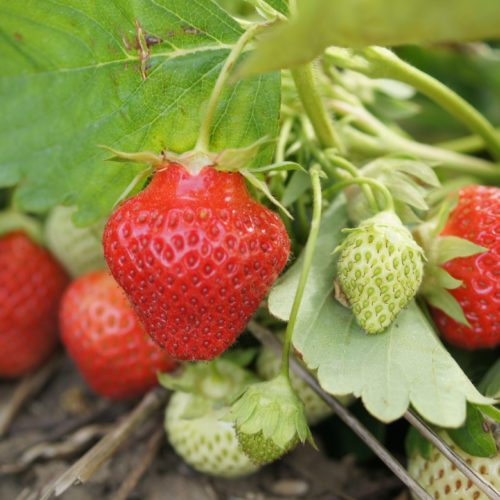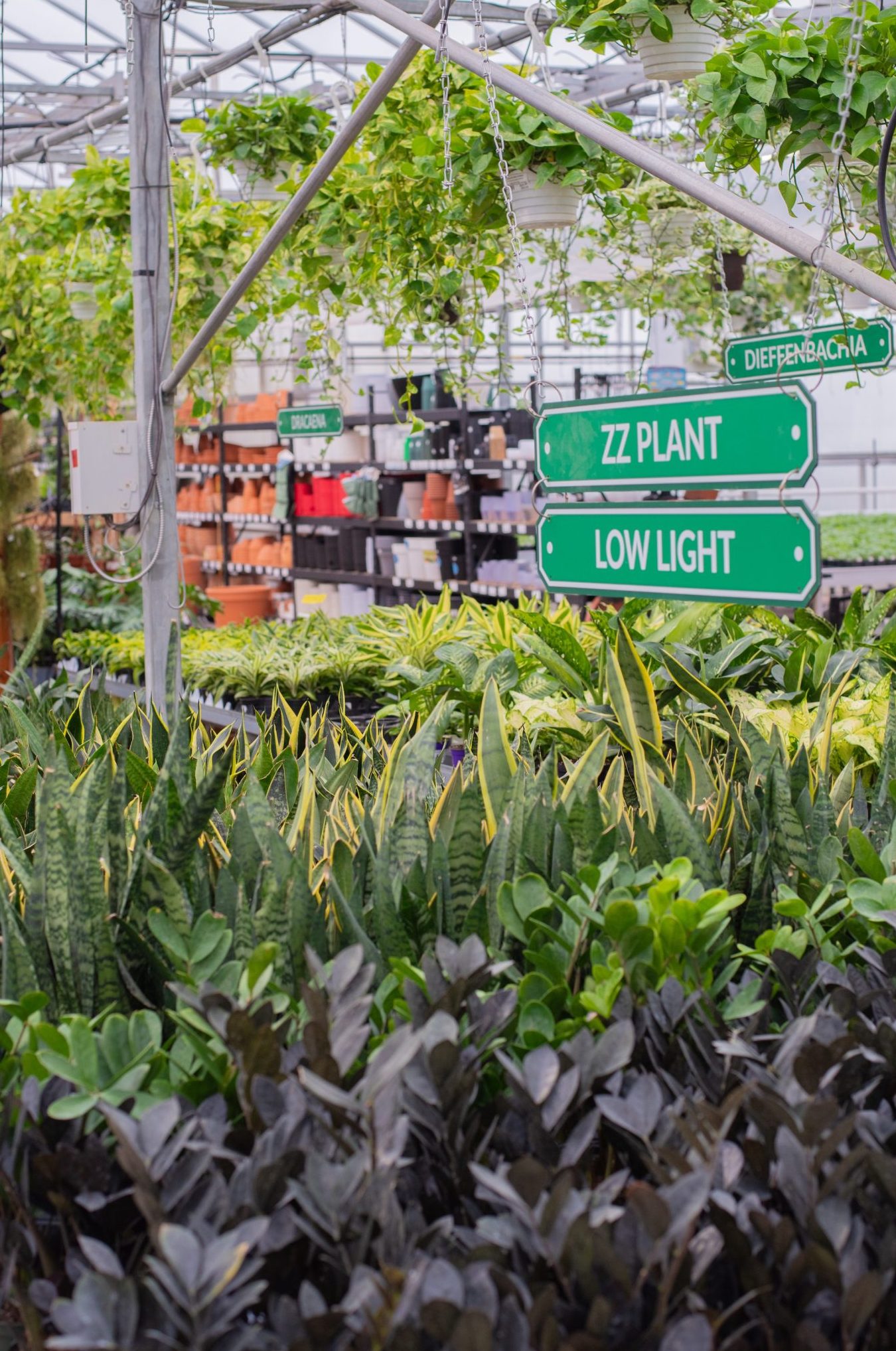
Citrus Care 101
Citrus plants, renowned for their vibrant fruits and refreshing fragrances, typically thrive in warm climates like Florida, California, and Italy. However, with proper care, you can cultivate citrus trees both indoors and outdoors, even in regions with colder climates. This guide will provide you with essential tips and tricks to ensure the successful growth of your citrus plants year-round!
Environment:
Citrus plants flourish in warm conditions with ample sunlight and humidity. During the summer months, it’s beneficial to grow them outdoors to take advantage of lots of natural sunlight, higher humidity, and summer heat that they really respond to.
However, in colder seasons, transitioning your citrus plants indoors is necessary, especially when temperatures drop. While some varieties exhibit tolerance to cooler temperatures, it’s essential to protect them from extreme cold, particularly during blooming and fruiting stages.

How Much Light?
Whether indoors or outdoors, citrus plants thrive in bright, sunny locations. Outdoors, aim for a spot with at least 8 hours of direct sunlight daily. Indoors, position your plants in front of a south or west-facing window to maximize sunlight exposure. In spaces with limited natural light, supplementing with a grow light can help sustain their growth and development.


Humidity:
Maintaining adequate humidity levels is crucial for citrus plants, especially in dry indoor environments. Aim for a humidity level of 50% or higher, particularly during the winter months when indoor heating systems can significantly reduce humidity. If your home is like many in Canada with humidity levels ranging around 20-30%, adding a humidifier is an essential tool to keeping your citrus happy.

Fertilizer:
Regular feeding is essential for the healthy development of citrus plants, particularly during the growing season (fertilizing is usually reduced during the fall/winter months). Look for a plant food specially formulated for citrus with an optimal mix of macro and micronutrients.
You can utilize a slow-release granular fertilizer specifically formulated for citrus plants, or an alternative is a water soluble fertilizer that is mixed with water and applied every time you water your citrus plant.
Watering Citrus
Water your citrus thoroughly right after repotting. Because it’s in a pot, you’ll need to water more often than one that is in the ground, but be sure to let the soil dry out a little between waterings. If the tree/shrub stands in water, it will likely lead to root problems. Each plant is different due to its pot size, root ball size and location, but be sure to check on your plant at least once a week, or more if it’s the heat of the summer and we haven’t had any rain.
Pest Prevention
Take a close look at your citrus on a regular basis because catching pests early makes it easier to treat for them. To help keep pests at bay, give your tree a good rinse (not with ice cold water), both tops and bottoms of leaves and stems on a regular basis to help reduce any pest populations including spider mites.
Pruning Care
Most commercially grown citrus trees are made up of two pieces grafted together. You have the top portion of the tree (the part that produces fruit) attached to a different root system/lower trunk. This is usually done to increase disease and pest resistance for citrus crops. For this reason, if you see any sprouts growing around the base of your tree, it’s best to remove them while they’re still small. This keeps the tree’s trunk healthy and stops the rootstock from taking over (rootstock usually do not produce yummy fruit).
If your citrus is getting a little too big, or to encourage a bushier growth with bigger fruits, don’t be shy to give your citrus a prune! Depending on what variety you have, just make sure flowering/fruit setting has occured so you aren’t snipping off all of your harvest.
When do Citrus Bloom?
Different citrus varieties exhibit varying bloom periods and frequencies. Citrus can produce big clusters of blooms that are white in colour with an intoxicating fragrance that can fill a room! As a general rule, the smaller the fruit, the more often it blooms each year. While smaller fruits such as calamondin tend to bloom more frequently throughout the year, larger varieties such as grapefruits and oranges may bloom less often. To encourage fruit set and minimize flower drop, ensure adequate fertilization during the blooming period.
Leaf Drop:
Leaf drop is a common issue among citrus plants, often triggered by environmental changes or insufficient light. To prevent leaf drop, maintain consistent lighting conditions, avoid sudden changes in environment, and ensure adequate exposure to sunlight, especially during the fall and winter months.
What Does Self-Fertile Mean?
Many citrus varieties are self-fertile, meaning they can produce fruit without requiring cross-pollination from other plants. This trait is advantageous for growers with limited space and those cultivating citrus indoors.
In our homes, we lack two important things for pollination: air movement and pollinators. Both help transfer pollen around. But we can help by being the bee! Utilize a small brush or Q-tip to hand-pollinate blossoms, mimicking the role of natural pollinators and increasing the chances of successful fruit production.


By sticking to these tips, you can keep your citrus plants thriving both indoors and outdoors all year long! With a little TLC, your citrus trees will treat you to bursts of beautiful blooms, filling your space with their sweet aroma and adding a tropical touch of nature to your home.
As always, come and visit us in the greenhouse if you have any other questions and one of our helpful Daymakers would be happy to assist!




